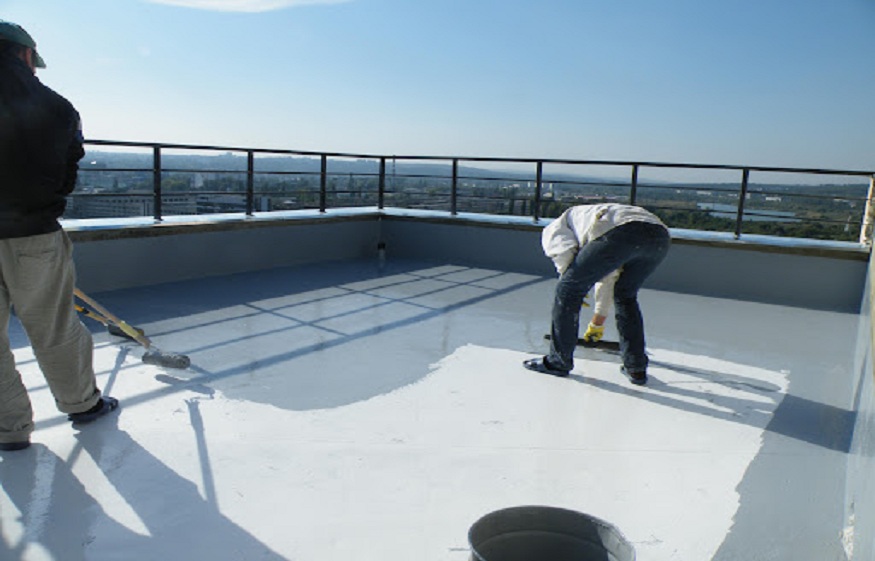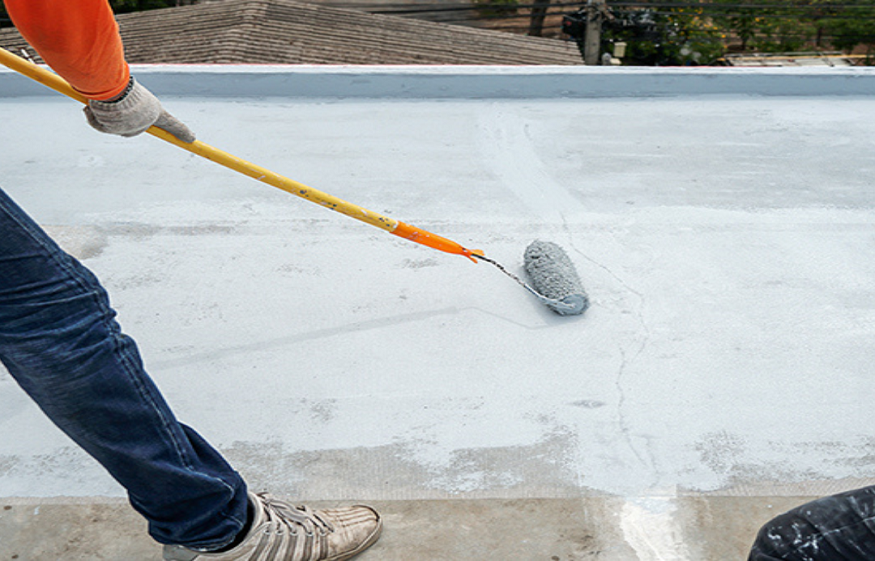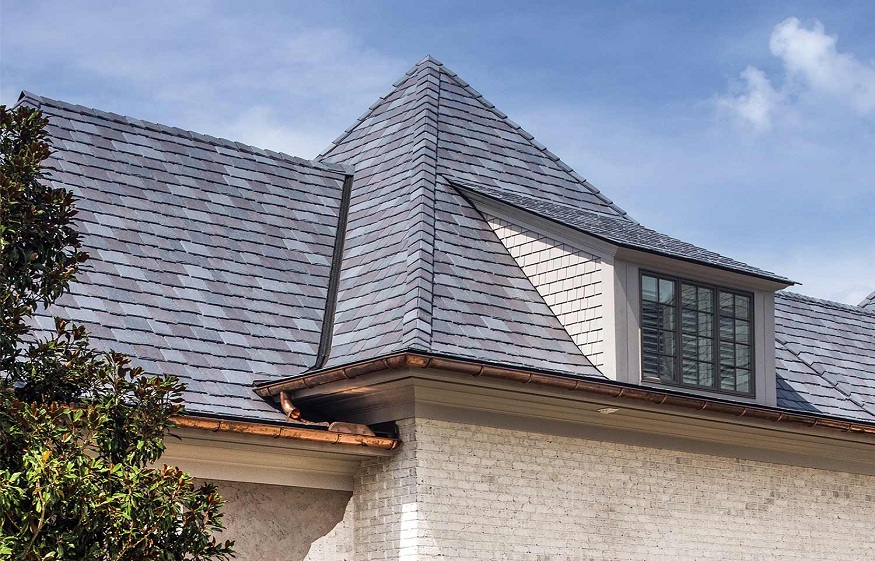Water is the driving force of all nature, but, in the world of our homes, in our buildings, it is a quiet, unrelenting killer. Uncontrolled moisture ingress can lead to a cascade of problems, from cosmetic damage like peeling paint and warping floors to far more sinister issues such as structural compromise, electrical hazards, and the proliferation of toxic mold. This makes waterproofing not merely an optional add-on, but a fundamental layer of protection for any property. However, many property owners view Los Angeles waterproofing contractors as a cost rather than an investment, often opting for the cheapest solution or deferring the work altogether. Understanding the true costs and, more importantly, the immense long-term value of quality waterproofing is crucial for safeguarding your asset and your peace of mind.
Ignoring the need for proper waterproofing is akin to building a house without a roof. It may stand for a while, but its integrity will inevitably be compromised by the elements. A deeper dive into the economics reveals that skimping on waterproofing today almost always leads to significantly higher costs tomorrow.
The Hidden Costs of Inadequate Waterproofing
The immediate temptation when faced with a waterproofing project is to opt for the lowest bid. This often involves cutting corners, using substandard materials, or employing inexperienced labor. The up-front monetary value may be alluring but the actual expense will start to appear devious in unpredictable and horrendous fashions.One of the most widespread outcomes is water damage per se.
This can manifest as warped hardwood floors, bubbling paint, stained ceilings, swollen drywall, and compromised insulation. Repairing these visible damages is often extensive and expensive, far exceeding the savings from a cheap waterproofing job. Beyond the immediate repairs, continuous moisture can lead to the deterioration of structural elements like wooden beams or concrete foundations, potentially requiring major, complex, and incredibly costly remediation.
Even more concerning is the health risk posed by mold and mildew. Damp environments are perfect breeding grounds for these fungi, which can trigger allergies, respiratory issues, and other serious health problems. Remediation of mold can be extremely expensive, often requiring specialized contractors and temporary relocation, making it a health and financial nightmare. The depreciation of property value due to water damage and mold issues is also a significant, often overlooked, cost. Future buyers are deterred by visible signs of water problems, impacting resale potential and demanding price reductions.
The Unquantifiable Value: Beyond the Price Tag
While the financial benefits of avoiding costly repairs and maintaining property value are clear, the value of quality waterproofing extends into areas that are harder to quantify but no less significant.
Firstly, there is the peace of mind it brings. Knowing that your home is properly sealed against the elements allows you to sleep soundly, free from the constant worry of leaks, floods, or mold growth. This psychological comfort is a priceless asset, especially during heavy rains or seasonal thaws.
Secondly, it contributes significantly to indoor air quality and health. By preventing moisture intrusion and subsequent mold growth, quality waterproofing ensures a healthier indoor environment, protecting occupants from respiratory issues and allergies. This is a critical consideration for families, especially those with young children or individuals with pre-existing health conditions.
Thirdly, it enhances livability and usability of spaces. A dry, protected basement or crawl space can be transformed into valuable living area, storage, or recreational space, adding functional square footage to a property. Without proper waterproofing, these areas often remain damp, musty, and unusable, representing wasted potential.
Conclusion
Budgeting for waterproofing should not be seen as a burdensome expense, but as a strategic investment in the long-term health, safety, and value of your property. It’s about choosing a proactive approach over a reactive one.
When seeking waterproofing solutions, prioritize reputable contractors who provide detailed assessments, transparent quotes, and clear warranties. Ask questions about the methods they propose, the materials they use, and their experience with similar projects. Invest in quality materials and skilled labor, understanding that these choices deliver superior protection and longevity.



